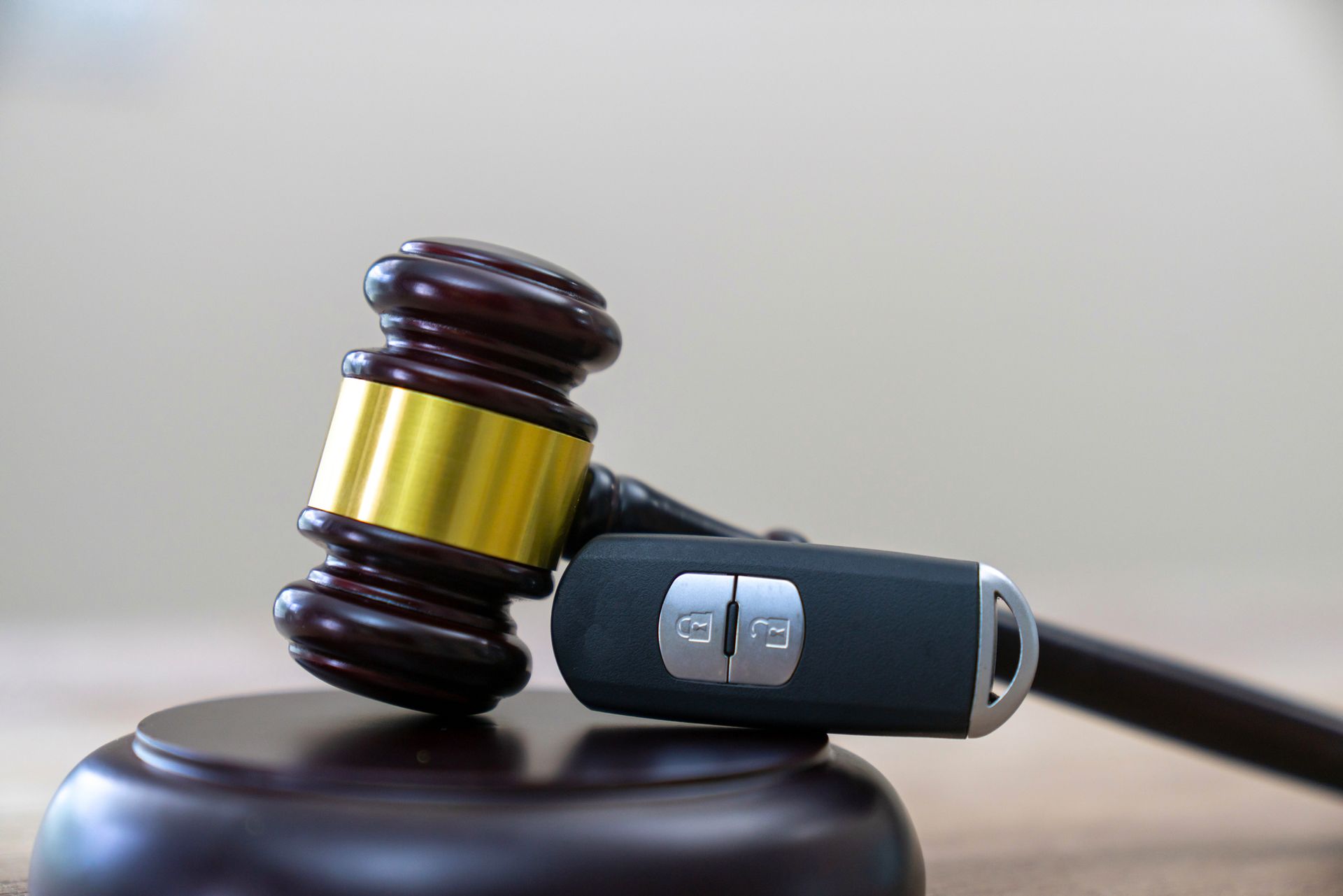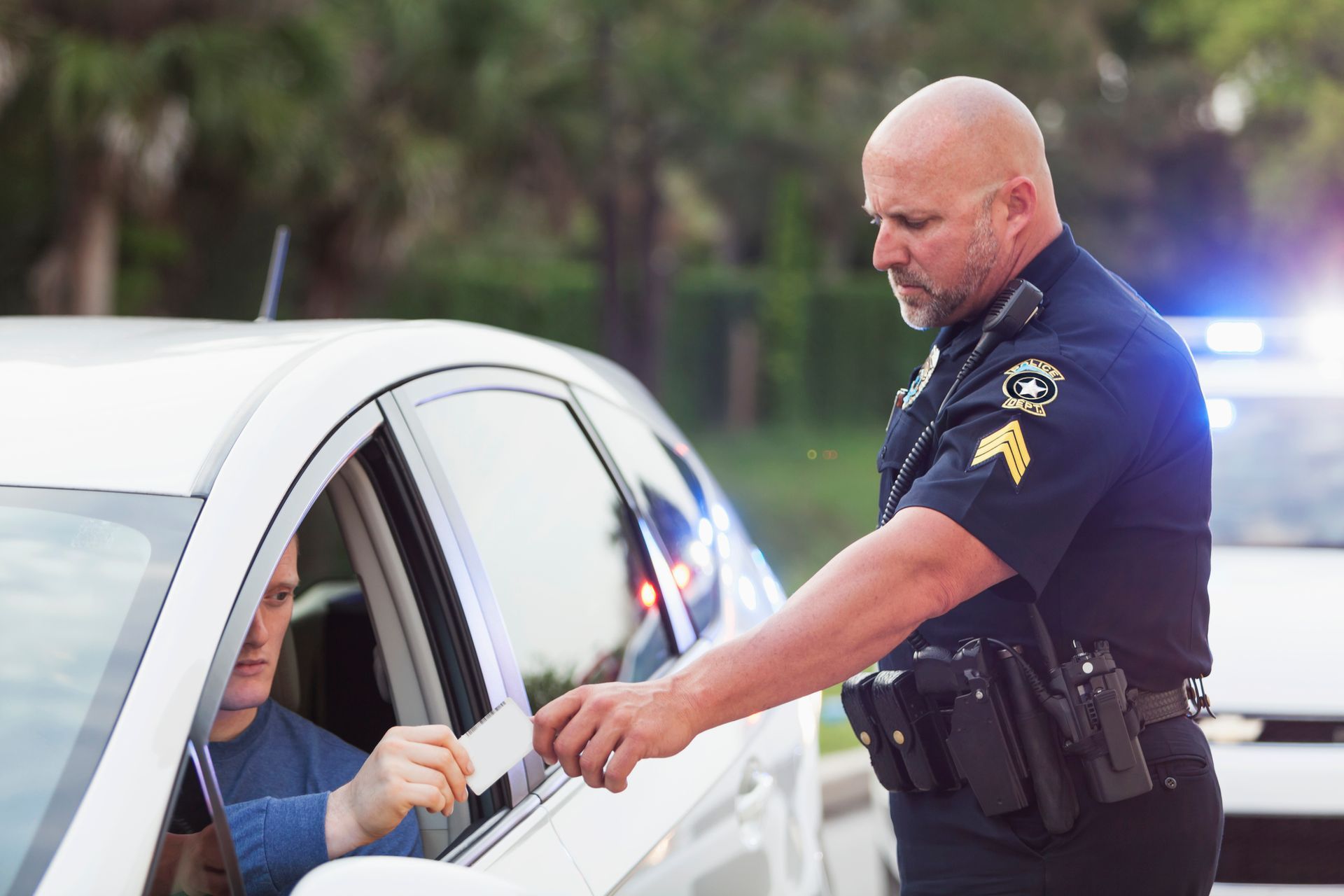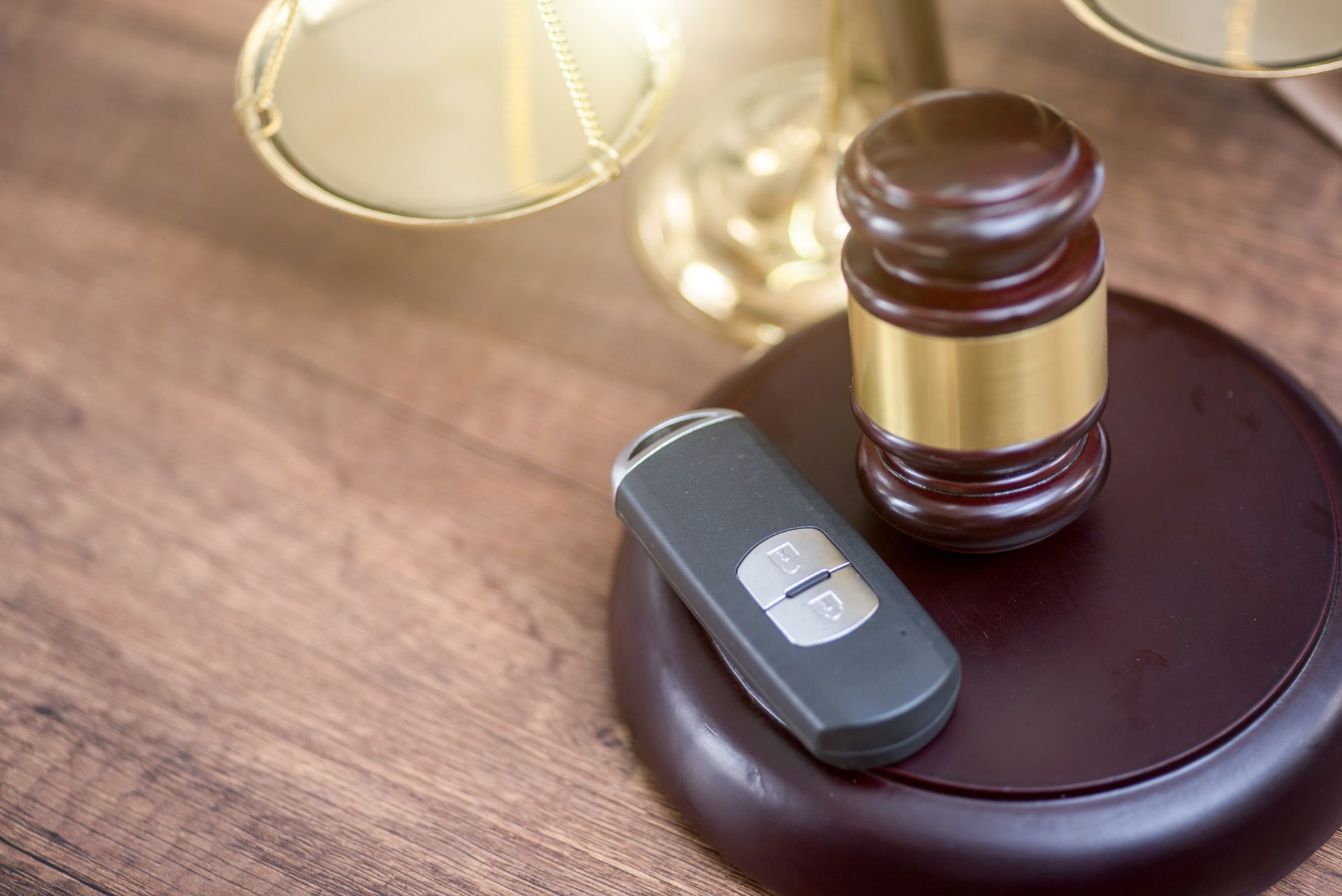How do sobriety tests work in Hawaii?
During a traffic stop, law enforcement officers can administer breath and field sobriety tests to a driver if they suspect intoxication. These tests can provide evidence that could lead to a DUI arrest. In addition, refusing to take a test could lead to serious legal consequences, including a suspended license.
Drivers in Hawaii should be aware of the state’s rules regarding field sobriety and breath tests.
Field sobriety testing
Police officers assess drivers’ intoxication levels by administering various field sobriety tests. There are three standardized tests that officials typically employ. In the one-leg stand test, law enforcement observes the balance of a driver standing with one foot lifted six inches off the ground. To complete the walk-and-turn test, drivers must walk along an imaginary line and pivot. Finally, in the horizontal gaze nystagmus test, an officer moves an object in front of a driver and observes eye movements.
Field sobriety tests can be helpful for law enforcement, but they are not always accurate. Certain tests may not be reliable when applied to older drivers and drivers with health conditions that affect balance. Furthermore, officers must perform field sobriety tests correctly to obtain truthful results.
Breath tests in Hawaii
Law enforcement also uses breath tests to assess blood alcohol concentration. In Hawaii, drivers must not have a blood alcohol concentration over the .08 legal limit. Furthermore, higher levels of intoxication can lead to more severe consequences. Officers must have probable cause before pulling over a driver and performing a breath test. In addition, law enforcement must calibrate the machine and keep it clean and functional.
Officers in Hawaii use field sobriety and breath tests to investigate drivers they believe are under the influence.
The post How do sobriety tests work in Hawaii? appeared first on Law Offices of Dean C.M. Hoe.





